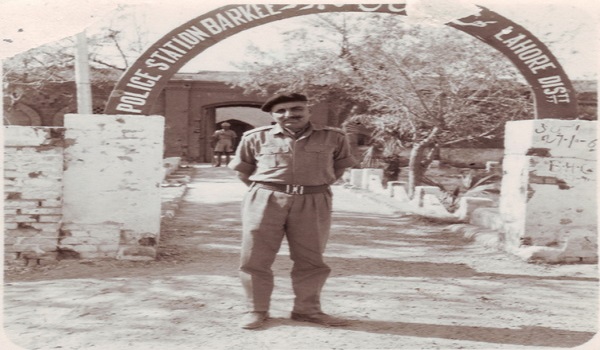Year 1965 – Battle of Asal Uttar
Pre War Conditions
This was the most fierce and largest tank battle after World War II in the world history. India was passing thru a difficult phase. Its prime minister for 14 years Mr. Jawahar Lal Nehru had died in 1964. Before that in 1962, India had lost a war against China. Pakistan took advantages of these situation and attached on India. Other reason which worked in the favoured initially that in 1965 Pakistan had a superior artillery comparing to India. As compared to today Pakistan was well stable and was well prepared for any war. While India was still recovering from the death of Pandit Nehru and its loss to China.

The War
On 10th September 1965 three Indian armored regiments having 135 tanks had a tank on tank battle with more than 300 new American M47 Patton tanks along with a few M24 Chaffee Tanks. These were most advanced and powerful tank of that time. The Indian tanks were arrayed outside the village of Asal Uttar in the western Punjab province of India. They had formed a defensive positions in a “U” formation and were hidden by tall un-harvested sugarcane stalks.

The Victory
Advancing into an Indian territory, the Pakistani armor fell into the Indian trap. Smaller Indian tanks were able to penetrate powerful Pakistani tanks by firing from their hiding places. In no time dozens of Pakistani tanks were on fire. The Pakistanis fled from the war zone leaving behind almost 100 of tanks
During this battle Indian lurred Pakistani tanks into areas with soft soil. This completely ruled out a quick retreat for their tanks.
In the battle Indians captured 100s of Pakistani tanks while lossing only 32 tanks. This lead India to a a powerful victory, and a ceasefire. Finally war was ended on 22nd September 1965.
Indian Braveheart of 1965

Havldar Abdul Hamid (Param Vir Chakra)
Hamid was a soldier in the 4th Battalion. He died fighting fiercely during the Indo-Pakistani War of 1965 in the Battle of Asal Uttar. He was the posthumous recipient of India’s highest military decoration, the Param Vir Chakra.
During 1965 was, on one afternoon Abdul Hamid destroyed 5 Patton tanks. After destroying 2 Patton tanks, Hamid saw a group of Pattons heading towards his battalion defences. Undestanding the gravity, he quickly moved out with his gun mounted on a jeep. He wasn’t affraid of intense enemy shelling and tank fire. Before distroying three Pattons he was killed by 4th tank fire.

Lieutenant Colonel Ardeshir Tarapore
On 11 September 1965, the battalion commanded by Tarapore had a battle with the Pakistani Army’s heavy armour. Tarapore held his ground and attacked Phillora under continuous enemy tank and artillery fire. When wounded, he refused to be evacuated. He led his regiment to capture Wazirwali on 14 September, and Jassoran and Butur-Dograndi on 16 September 1965.
Though his own tank was hit several times, he maintained his pivots at both these places, supporting the infantry attacking Chawinda. Inspired by his leadership, the regiment attacked the enemy armor and destroyed approximately sixty Pakistani Army tanks, suffering only nine tank casualties. However, Tarapore was killed when his tank was hit and was enveloped in flames.

